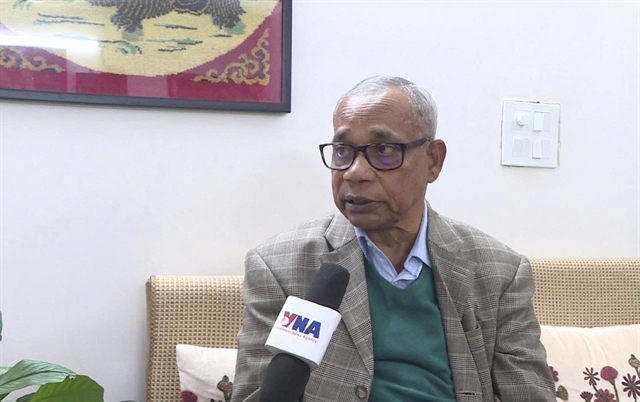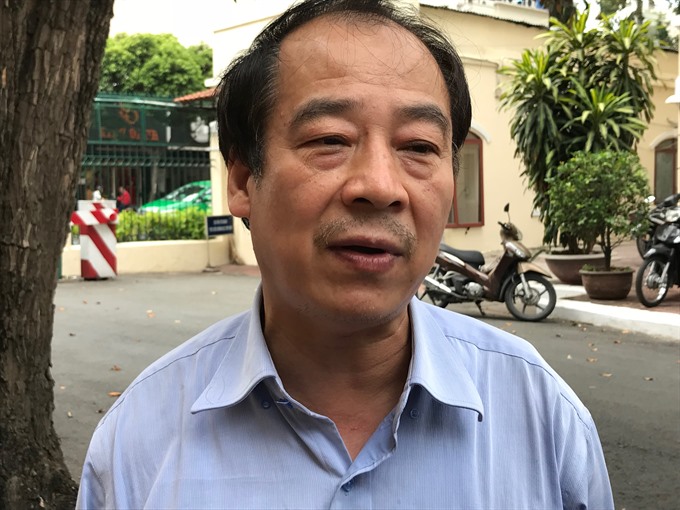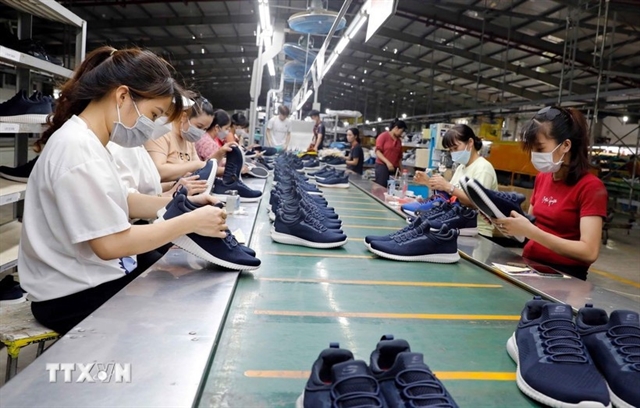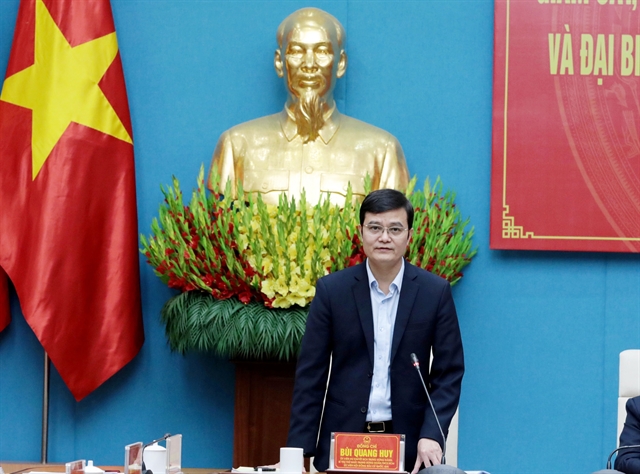 Opinion
Opinion

" />In June and July the Indian-made ComBe Five vaccine will replace the Korean-made Quinvaxem against five common, potentially fatal diseases affecting infants — diphtheria, tetanus, whooping cough, hepatitis B and haemophilus influenza type B.
 |
| Assoc Prof Dr Trần Đắc Phu, head of the Ministry of Health’s Preventive Medicine Department |
In June and July the Indian-made ComBe Five vaccine will replace the Korean-made Quinvaxem against five common, potentially fatal diseases affecting infants — diphtheria, tetanus, whooping cough, hepatitis B and haemophilus influenza type B.
Assoc Prof Dr Trần Đắc Phu, head of the Ministry of Health’s Preventive Medicine Department, speaks to Việt Nam News about it.
Why does the Ministry of Health plan to replace Quinvaxem vaccine with ComBe Five?
Berna Biotech Company no longer produces Quinvaxem. ComBe Five has the same quality and ingredients as the Quinvaxem vaccine including cellular components of whooping cough.
This component leads to cheaper costs for the ComBe Five vaccine compared to other five-in-one vaccines with acellular components of whooping cough. So the country can afford to provide the vaccine free to 1.7 million newborn infants each year.
Despite the lower cost, the ComBe Five vaccine’s immunity period is longer than other five-in-one vaccines with acellular components of whooping cough, which need a booster shot when children are at the age of 13, 14 or 15.
If not, the risk of outbreaks of diphtheria, tetanus, whooping cough, hepatitis B and haemophilus influenza type B in future will be high.
Before deciding to use the ComBe Five vaccine as a replacement for Quinvaxem in this year’s second quarter in the four provinces of Hà Nam, Bình Định, Kon Tum, and Đồng Tháp first, the ministry consulted many experts and domestic as well as foreign organisations involved in immunisation.
The vaccine has been assessed for efficiency by the World Health Organization and is used in 43 countries around the world, with more than 400 million shots given so far.
Many parents with young children are worried about the change. What does the ministry do to assure them?
This is not the first time this vaccine is being replaced.
In the age of social media and the internet, it is highly necessary for the ministry to inform the public about the substitution and strengthen communication to help parents with young children get a thorough understanding.
If the communication is not done well, parents are reluctant to bring their children to places offering vaccines, reducing immunisation coverage in the country.
According to health experts, any vaccine for children causes reactions such as fever, swelling and others. These reactions should not cause any worry.
Parents should not prevent their children from getting vaccinated just because they do not understand fully, leading to diseases which could spread in community.
There are anti-vaccine groups in the country’s large cities like HCM City and Hà Nội. What does the ministry have to tell them?
Opposing vaccinations could affect the country’s immunisation coverage and has forced the ministry to work with all relevant organisations and hospitals to work together to help propagate the benefits of vaccines.
The anti-vaccine groups say their children do not get any disease despite not vaccinating. This is not right because they enjoy the benefits of the national immunisation programme, which has increased the immunity in the community to infectious diseases.
However, more and more people are joining the anti-vaccine groups. It is very dangerous and poses the risk of disease outbreaks.
What are the major achievements of the national immunisation programme?
Vaccines have helped the country eliminate diseases such as smallpox, polio, measles, and rubella.
In the programme, there are 10 types of vaccines against many dangerous diseases, including diphtheria, tetanus, whooping cough, hepatitis B, and haemophilus influenza type B, which are provided free to children. The Government wants more and more children to get more vaccines, but its finance is limited.
So parents with the means should be encouraged to take their children to vaccine centres to get more shots outside the programme in order to protect their children from diseases. —VNS




